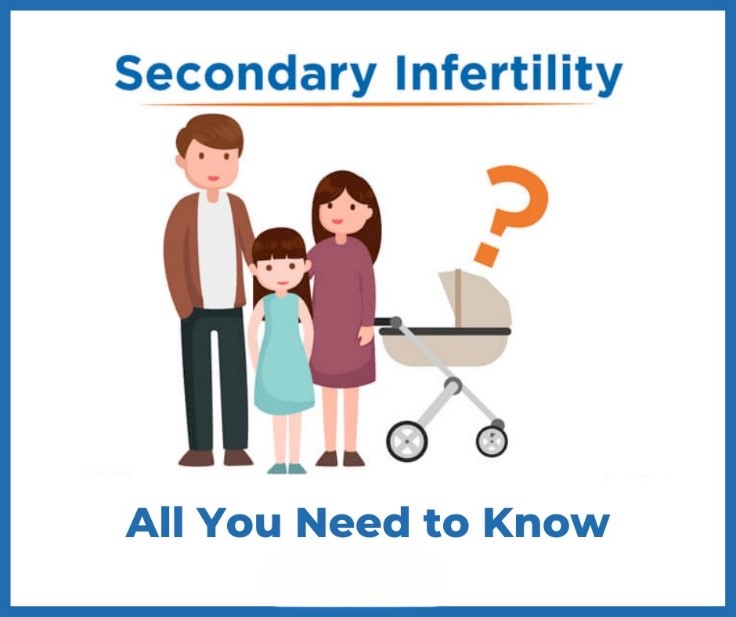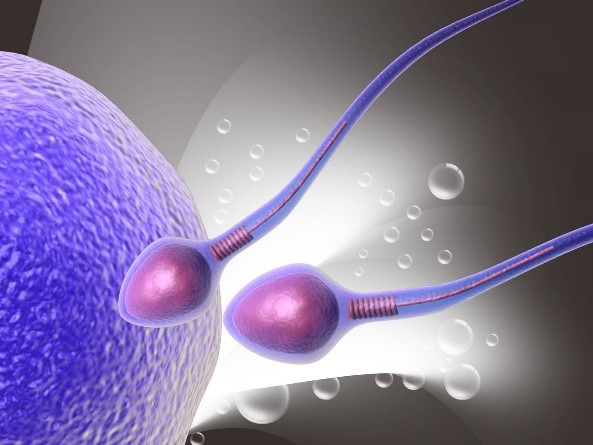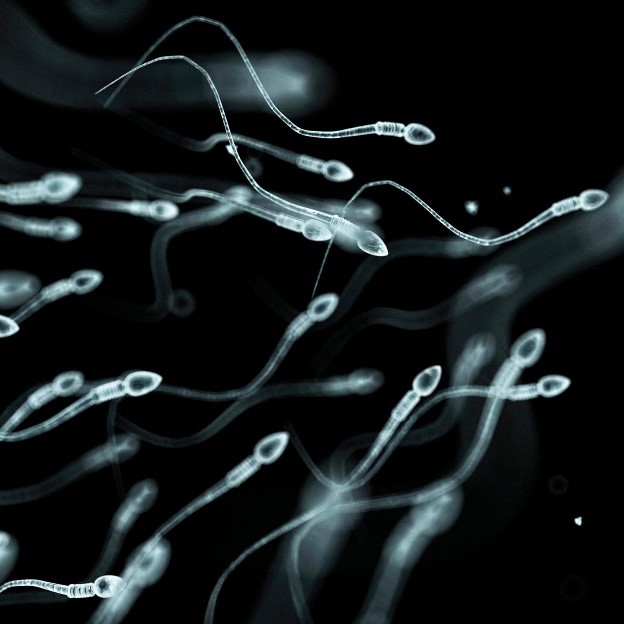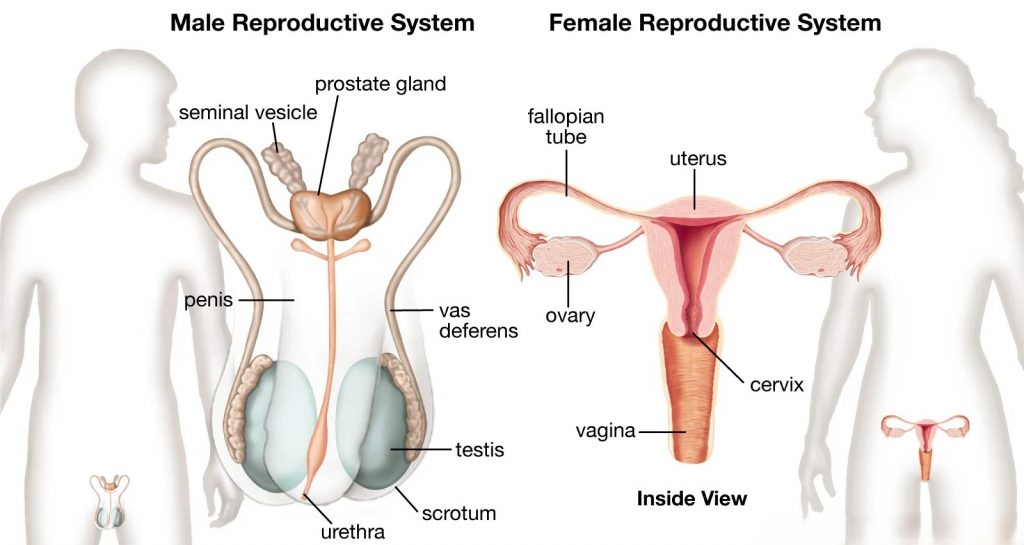
We know Your Pain! So we will work with you to make your dreams come true.

Fertility
Fertility is the natural capacity to conceive a child. Fertility does not come easily to everyone. About 11% of couples will face infertility—the inability to conceive naturally after one year of unprotected sexual intercourse. Fertility is not only a female health issue. Both of the genders can experience infertility, and everyone can take steps to improve their fertility.

Sub-Fertility

Subfertility is a failure to conceive after one year of unprotected regular sexual intercourse. It is usually investigated after a year, although for some couples it may be appropriate to start investigations sooner.
In-Fertility
Infertility is trying to get pregnant with frequent, unprotected sex for at least a year with no success.

Secondary Fertility

After having your first child, you might think that having a second successful pregnancy will be easy. However, that’s not always true, and you are not alone.
Secondary infertility is the inability to conceive or carry a baby to term after previously giving birth. And it effects millions of parents, according to the global statistics. Even though you already have a child, secondary infertility can still be painful. We understand that what you would like your family to be is unique—whether that’s one child, two children, or more.

Childlessness

From a different perspective, the concept of childlessness is often applied to women who by the end of their reproductive age have remained, either voluntarily or involuntarily, without children.
Male In-Fertility
Nearly 1 in 7 couples is infertile, which means they haven’t been able to conceive a child even though they’ve had frequent, unprotected sexual intercourse for a year or longer. In up to half of these couples, male infertility plays at least a partial role.


Male infertility can be caused by low sperm production, abnormal sperm function or blockages that prevent the delivery of sperm. Illnesses, injuries, chronic health problems, and other factors may contribute to male infertility.
Erectile Dysfunction
Erectile dysfunction or impotence is the persistent inability to achieve or maintain penile erection sufficient for satisfactory sexual performance. An American research study found that among 1,709 men aged 40–70 years there was a total prevalence of erectile dysfunction of 52 percent. It was estimated that over 152 million men worldwide experienced ED. For 2025, the prevalence of ED is predicted to be approximately 322 million worldwide. It can be a cause of Male In-Fertility.

Premature Ejaculation

Timing Problem in Sex, Early Discharge in Men, less duration of Intercourse, Less duration of Sex or Premature Ejaculation happens sooner than a man or his partner would like during sex, with in a defined period of time, usually less than 2-3, minutes. It is also known as rapid ejaculation, premature climax, and pre-mature orgasm and can be a cause of infertility.
Hormonal Imbalance
Hormones play a crucial role in the functioning of the male reproductive system. The proper balance of hormones decides the success of this system. In the absence of adequate production of testosterone or gonadotropins, including luteinizing hormone (LH) and follicle-stimulating hormone (FSH), infertility may occur in the male body. Hence it is safe to say that hormonal imbalances are related to male infertility. In the event of any of these glands malfunctioning, it can lead to issues in the production of sperm or the quality of sperm.

Infections

Certain infections such as the reproductive tract infections, sexually transmitted infections, urinary tract infections or other recurrent infections of the genito-urinary system may cause dysfunction of the reproductive tract of the male and can cause fertility issues.
Vas Block
The two vasa are part of the male reproductive system. The vas is also called a sperm duct. Your vas transports mature sperm to the urethra before you ejaculate. From the vas deferens into the urethra so you’re able to ejaculate semen outside of your body.

Small Size Testes / Testicle

There’s no exact size for testicles. In fact, one of your testicles may be a little bit bigger than the other one. One testicle might be a little lower than the other.
Abnormal Semen Analysis
A semen analysis microscopically looks at a man’s semen checking for abnormalities.
A semen analysis can come back abnormal if the semen volume, sperm count, sperm morphology (shape) or sperm motility (ability to move) do not meet the medical standards set by the international health organizations.


An abnormal semen analysis may indicate a possible male factor contributing to a couple’s infertility, which can be a sole or contributing factor in about two-thirds of all infertility cases. An abnormal semen analysis may indicate a possible male factor contributing to a couple’s infertility, which can be a sole or contributing factor in about two-thirds of all infertility cases. Depending on the possible causes of a man’s abnormal semen analysis, options are available that can help.
Some people use the words sperm & semen interchangeable, but they are different. Semen is the fluid emitted from the penis during ejaculation. Sperm cells are one component of the semen.

Causes of Abnormal Semen Analysis

There are many causes behind an abnormal semen analysis, few of the reasons include, Having certain past or present infections, Having experienced trauma to the testicles, Using testosterone, Being exposed to toxins, Having a vasectomy or major abdominal or pelvic surgery, Previously or currently having an undescended testicle(s), Having certain medical conditions including tumors and chronic illnesses.
Formation of Sperms
A man can become a father if he has sufficient numbers of healthy sperms. Sometimes due to some health problems there appears the inability of a man to have children or suffers from childlessness due to change in number/quality of sperms. Healthy sperms are those sperms that have normal size, shape and movement. And abnormal sperms do not have those qualities.

Sperm Abnormalities

The quality and quantity of sperm can be affected by various factors, including age, lifestyle habits, genetics, and underlying medical conditions. Abnormalities in sperm can reduce the chances of successful fertilization and make it difficult for couples to conceive naturally.
Kind of Sperm Abnormalities
Aspermia
This condition may be the result of retrograde ejaculation, genetic disorders like cystic fibrosis or Klinefelter syndrome, hormonal imbalances or congenital abnormalities. This condition may affect male fertility.

Hypospermia

In such conditions, the total ejaculate is less than 1.5 milliliters. Retrograde ejaculation is the most common cause of this condition. However, it may also be caused by genetic disorders, hormonal imbalances or congenital abnormalities.
Azoospermia
This is a condition wherein a man releases semen that contains no sperm during an orgasm. It is a severe type of male infertility. It may be caused by genetic disorders, hormonal imbalances, congenital abnormalities, untreated STDs and because of post-testicular cancer treatment.

Oligospermia

This is a condition wherein the man may have a low sperm count as well as problems with sperm shape and sperm movement. This may be caused by a varicocele vein, hormonal imbalances, undescended testicles, infections of the reproductive tract and environmental conditions.
Asthenozoospermia
This is a condition where a large percentage of sperm moves abnormally i.e., it doesn’t move in a straight line or does not move at all. This condition may be accompanied by a low sperm count. Some of the causes of this include exposure to toxins, excessive alcohol consumption, infections and side effects of certain medications.

Teratozoospermia

In this condition, the majority of the sperm in the semen are shaped abnormally. The sperms may have more than a single head or tail or an oddly shaped head. This keeps them from moving normally and affects their ability to fertilize an egg.
Oligoasthenoteratozoospermia
In such cases the shape, size and movement of the sperm are abnormal. The sperm count may also be lower than normal. This is the most common cause of male infertility.

Necrozoospermia

In such cases all the sperm in the semen is dead. It is a rare cause of infertility.
Leukocytospermia
This is a condition where there is a high amount of white blood cells present in the semen. It is more of a semen abnormality than a sperm abnormality.

Embryo Formation

The male reproductive cell is called a Sperm and the female reproductive cell is called an Egg. During fertilization egg is fertilized by the sperm as a result embryo usually develop. amount of white blood cells present in the semen. It is more of a semen abnormality than a sperm abnormality.
Fertilization is a complex multi-step process that is complete in 24 hours. The sperm from male meets an egg from a female and after some more steps form embryo. This the point in which pregnancy begins and leads to a 280 days journey for a female, different for each.

Thunder Storms

Sometimes among infertile men feelings of being imperfect, waste not a man etc etc, such feelings of failure appears strongly. Sadness, depression, grief and guilt entangle them. Many men equate their manliness with their ability to impregnate their wives. Social Support can be of great help calming these storms.
Lack of Support
Although a man contributes infertility same as a woman that is one third (1/3), but contributes a major part of the social and emotional sufferings alone of being childless. Desires to be a complete family man and the stress of childlessness from inside and from social surroundings fragment his personality into pieces. This is the time when he needs the support most from friends, family, relatives and above all from his wife.

Positive Support

Support of a caring and loving wife is crucial for a man going through the pain of infertility. As this will not only decrease his stress towards the issue but also increases the courage level to fight with the problem, ultimately contributing directly into the treatment.
Causes of Infertility
Infertility results from male factors about one-third of the time and both female and male factors about one-third of the time. The cause is either unknown or a combination of male and female factors in the remaining cases.

Causes of Infertility in Men

Infertility in men can be caused by Low Sperm Production, Abnormal Sperm Function or infections, Vas Blockages that prevent the delivery of Sperm. Testicular Issues, Undescended Testicles, Illnesses, Injuries, Chronic health problems, and other factors may contribute to male infertility.
Solution At Your Door
Modern Medicine and Scientific advancements have assisted a lot for the welfare of the humanity. Assisted Reproductive Technology through Evidence Based Practices is one of these.

Assisted Reproductive Technology

Assisted Reproductive Technology (ART) includes all fertility treatments in which either eggs or embryos are handled. In general, ART procedures involve surgically removing eggs from a woman’s ovaries, combining them with the sperm in the laboratory, and returning them to the woman’s body.
In Vitro Fertilization
In vitro fertilization, also called IVF, it is the main type of Assisted Reproductive Technology. It is a complex series of procedures that can lead to a pregnancy. It’s a treatment for infertility, a condition in which you can’t get pregnant after at least a year of trying for most couples. IVF also can be used to prevent passing on genetic problems to a child.

Intra Cytoplasmic Sperm Injection

Intracytoplasmic sperm injection (ICSI) is an infertility treatment. It involves injecting live sperm into a woman’s eggs in a laboratory. This procedure can create an embryo (fertilized egg). ICSI is a form of in vitro fertilization (IVF). Healthcare providers most commonly use ICSI when male infertility affects a person’s ability to conceive a child.
Test Tube Baby
Test Tube Baby is a non-medical term used in general, is named so as to ease the understanding about the procedures of Assisted Reproductive Technology, to common people. Thus simplifying the access of infertile couples to the solution based approach.


